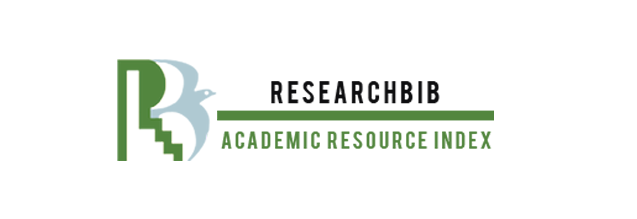EFFECT OF PRODUCTION SYSTEMS WITH FORAGES ON YIELD AND SOIL FERTILITY UNDER NO-TILLAGE
Abstract
Soil fertility and yield was evaluated on a typical dystrophic Red Latosol (Typic Haplorthox) located in Passo Fundo, State of Rio Grande do Sul, Brazil, after eight years under mixed production systems (1993 to 2000). Five production systems were evaluated: system I (wheat/soybean, common vetch/corn, and white oat/soybean); system II (wheat/soybean, grazed black oat + grazed common vetch/corn, and white oat/soybean); system III [perennial cool season pastures (fescue + white clover + red clover + birdsfoot trefoil)]; system IV [perennial warm season pastures (bahiagrass + black oat + rye grass + white clover + red clover + birdsfoot trefoil)]; and system V (alfalfa as hay crop), which was established in replicated plots in an adjacent area in 1994. The treatments were arranged in a randomized complete block design, with four replications. Exchangeable Al, exchangeable Ca + Mg, organic matter, extractable P, and exchangeable K levels displayed differences among crop production systems, whereas the production systems raised the corresponding contents, chiefly in the 0-5 cm layer. Organic matter, exchangeable Al, extractable P, and exchangeable K levels decreased from the 0-5 cm soil layer to the 15-20 cm layer, while the opposite occurred with the pH and exchangeable Ca + Mg contents.
Downloads
The authors declare that the work has not been previously published, nor sent simultaneously for publication in another journal and that they agree with the submission, content and transfer of the publication rights of the article in question to the scientific journal Pesquisa Agropecuária Gaúcha - PAG. The authors assume full responsibility for the originality of the article, and may incur on them any charges arising from claims by third parties in relation to the authorship of the article. The full reproduction of the journal's articles in other free-to-use electronic media is permitted under the Creative Commons Attribution-NonCommercial-ShareAlike 4.0 International license.



















